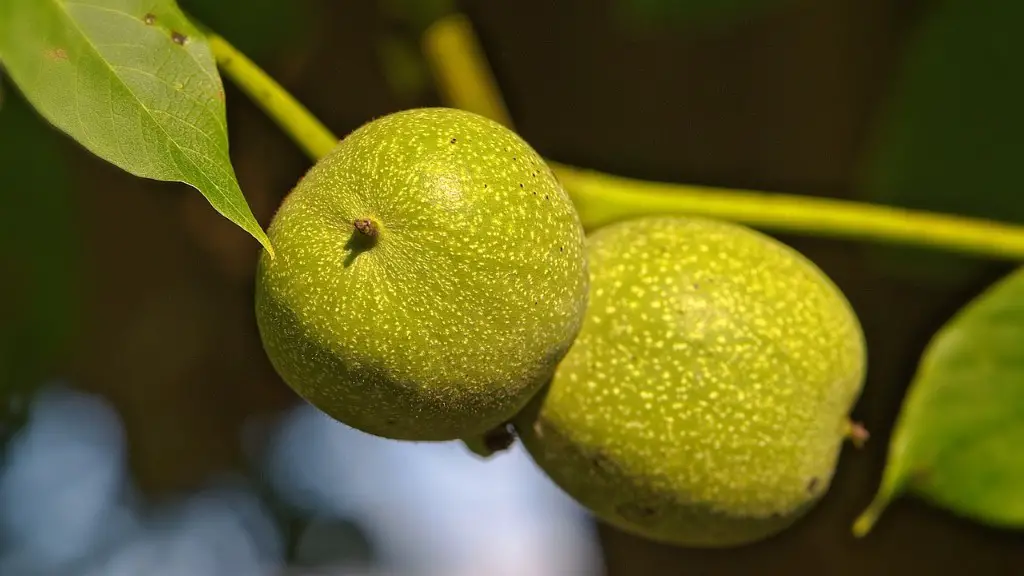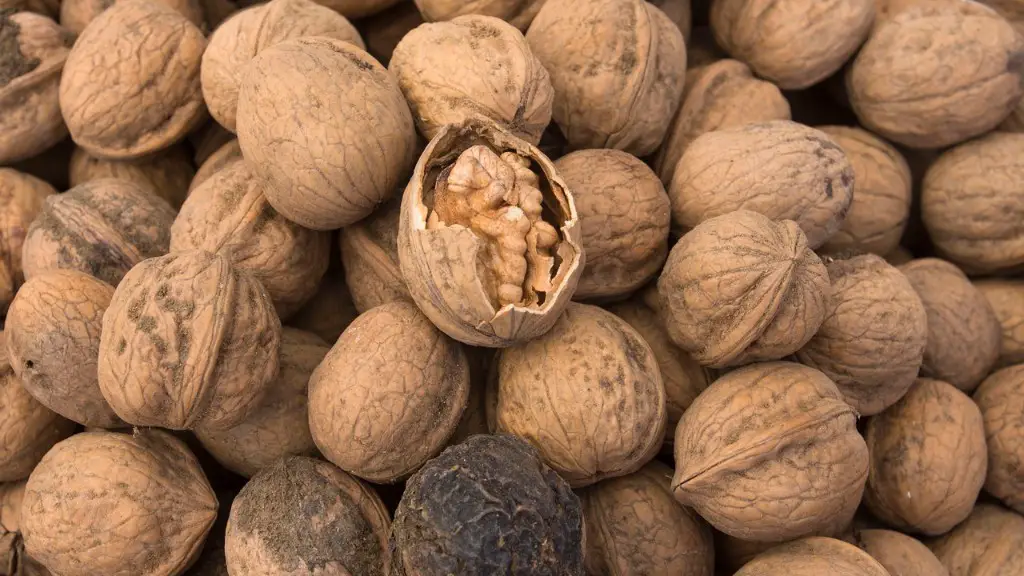So, Can You Transplant an Avocado Tree?
Avocado is a major part of many diet and people have asked can you transplant an avocado tree. Transplanting an avocado tree is possible, provided that you take the proper precautions, and there are many different techniques and tips to bear in mind during the transplanting process. In this article, we examine the steps necessary to successfully transplant an avocado tree and investigate the various opinions on the matter from experts in the field.
The basics of transplanting an avocado tree
Transplanting an avocado tree requires some basic knowledge of gardening, as well as careful preparation. It is important to check the roots of the tree before you begin, as they need to be healthy enough to make the process successful. Also, be sure to use only a soil-less potting mix with low-acid organic matter to ensure that the soil is properly aerated and moisture-retentive. The soil should be kept at a slightly acidic pH level and should not be pot-bound or too dry. Once you have selected a suitable location and soil mixture, you will want to carefully dig around the base of the tree to free it from the ground. Try to keep the roots as intact as possible and cover them with soil once the transplant is finished.
The opinions of experts on transplanting an avocado tree
When it comes to the opinions of experts on the matter, there is a wide range of views. Some believe that a transplant should only be attempted when the tree is young and relatively small, as it will be more likely to survive the process. Others suggest that a transplant could be attempted even with an older tree if it is of a hardy variety. To ensure the best results, both agree that careful monitoring after the tree is transplanted is essential.
How to prepare an avocado tree for transplanting
To make sure that your avocado tree is properly prepared for a transplant, you should make sure that the tree is well-watered, mulched and pruned prior to the transplanting process. This will help the tree to be more resilient and better able to handle the transplant. Additionally, you should check the root ball for any broken or diseased roots, and trim them off if necessary. The taproot should be cut back to a manageable size, which will help the tree adjust more easily during the transplantation process.
What to do after the transplanting process is done
Once you have completed the transplantation process, there are certain steps you should take to ensure the health of your tree. Be sure to water the tree immediately after it has been transplanted, along with providing it with adequate amounts of nutrients and fertilizer. Also, mulching around the base of the tree can help to regulate temperature and water levels. Regularly check the tree for signs of stress and general health, and adjust accordingly.
Best Practices When Transplanting an Avocado Tree
When transplanting an avocado tree, it is important to be mindful of the age of the tree, the size of the root ball, and the quality of the soil. Additionally, it is important to make sure the tree is well-watered and mulched prior to transplant. Furthermore, once the transplant is successful, regular monitoring of the tree’s health is essential to ensure the best possible results.
Analyzing the Pros and Cons of Transplanting an Avocado Tree
The primary benefit of transplanting an avocado tree is that it allows one to place the tree in an ideal location. This includes choosing a suitable climate and soil type for the tree, as well as ensuring adequate water, nutrients and sun. Additionally, a transplant can help to stimulate growth, as the roots will be exposed to better soils and fertilizer. However, transplanting an avocado tree can also be risky, as the tree may not adjust to the new environment and could die as a result. Therefore, it is important to weigh the pros and cons of a transplant before attempting one.
Common Mistakes When Transplanting an Avocado Tree
There are a number of common mistakes that can be made when transplanting an avocado tree, such as not checking the root ball or not adequately mulching the tree after it has been transplanted. Additionally, some people fail to take the age of the tree into consideration, which can be a critical mistake as older trees require more care. Additionally, it is important to remember that the location chosen for the tree should be ideal for it, as this will determine whether the transplant is successful.
What If a Transplant Fails?
If a transplant fails, it is important to identify the cause quickly and take steps to remedy the situation. This may involve re-potting the tree in better soil, adjusting the exposure to sunlight, or re-adjusting the position of the tree. Additionally, it is important to remember that a failed transplant does not always mean the tree will die, as some trees may still survive and even thrive under certain conditions.
Treating an Avocado Tree After a Transplant
It is essential to care for an avocado tree after a transplant, as this will help to ensure that the tree adjusts to its new environment. It is important to keep the soil moist, as well as provide it with the proper nutrients and fertilizer. Additionally, it is important to regularly inspect the tree and address any issues that arise. If a problem persists, it may be necessary to contact a professional to help diagnose the issue.

